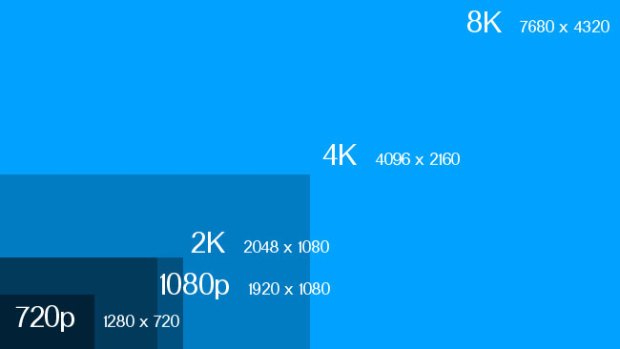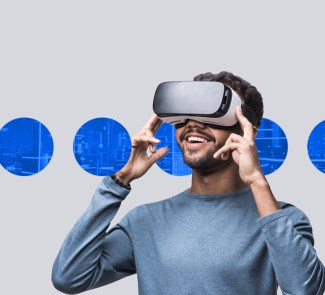As discussed in the last CES 2013, several electronic giants such as LG, Samsung Electronics and Sony Corp., among others, have made a strong commitment to the 4K ultra-high definition format, as well as to 3D stereo technology, currently under development. The development of content compatible with 4K technology and the transformation of network infrastructures to support the data transfer rates required by 4K content suggest that this technology will be consolidated in the short term.
Now that we have barely grown accustomed to Full HD, Ultra High Definition UHDV, also known as Super Hi-Vision –SHV– or 8K quality, has arrived. This technology provides an image resolution 16 times greater than high definition –1080p– or up to 75 times greater than PAL –768×576–. 8K/SHV technology has an image quality approaching that of 3D, partly due to its 4,000 horizontal scanning lines, and a resolution of 7680×4320 with 33 million pixels.
Nevertheless, the leading company in the 8K format, Japan Broadcasting Corporation –NHK, Nippon Hoso Kyokai– affirms that attempting to surpass the 7320×4320 resolution required for a 2D image in 8K is very difficult with current technology. As explained by Kimio Hamasaki, an engineer in the NHK research labs in Japan, this is due to physiological issues. The human eye is not capable of processing resolutions greater than the 8K television format in two dimensions, as human sensory features have certain insurmountable limitations. Consequently, the logical step to 8K television is high-definition 3D television, but not in the way we know it today.
As discussed above, 3D television requires a very high resolution, much greater than that currently obtainable. For this reason, the multinational firm NHK is developing a new-generation video output technology based on 3D stereoscopic technology, which will be three dimensional and available in a not-too-distant future.

Stereoscopic 3D format generates a different image for each eye, such that the images received by the right and left eyes are processed by the brain to create the illusion of a 3D image. As explained by the company itself, integral photographic 3D, Integral 3D, currently under development by its engineers. creates real spatial images in front of the screen, but requires a great number of pixels.
While Super Hi-Vision has about 33 million pixels, Integral 3D will require from 10 to 100 times more, according to Hamasaki. Therefore, screen resolution must be increased by at least 330 megapixels. If we add standardization issues, the creation of content compatible with this technology to justify its cost and introduction to market, this technology will not see the light of day until about a decade from now.
Images | via CES 2013









